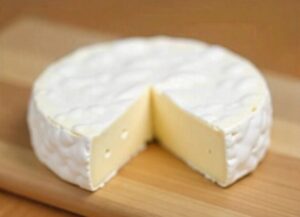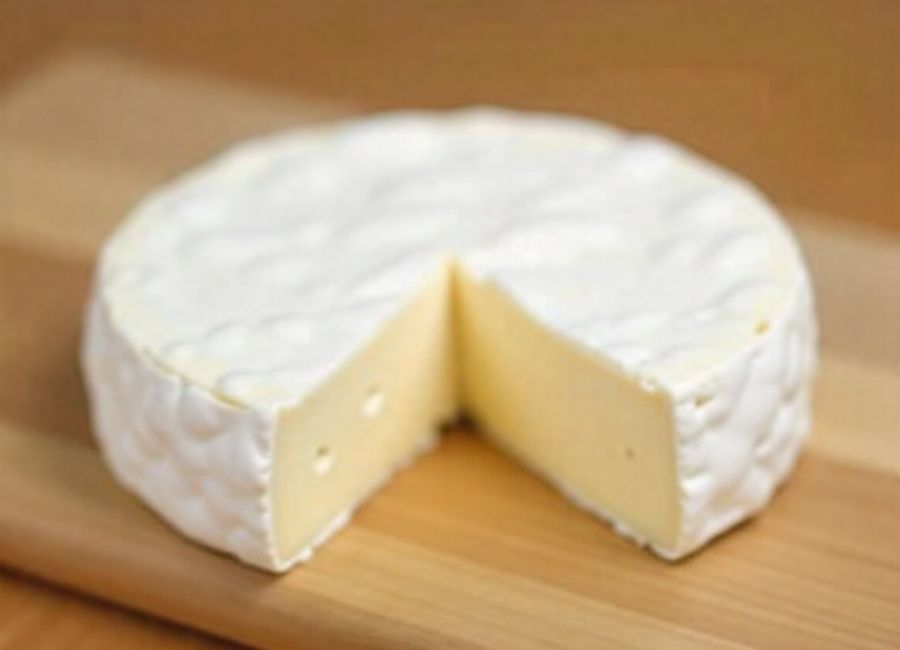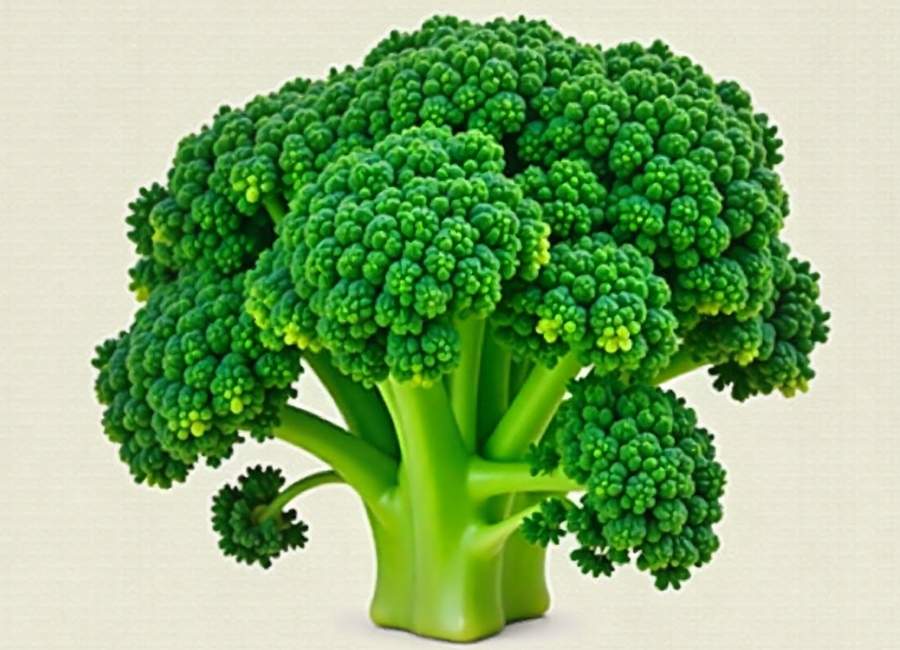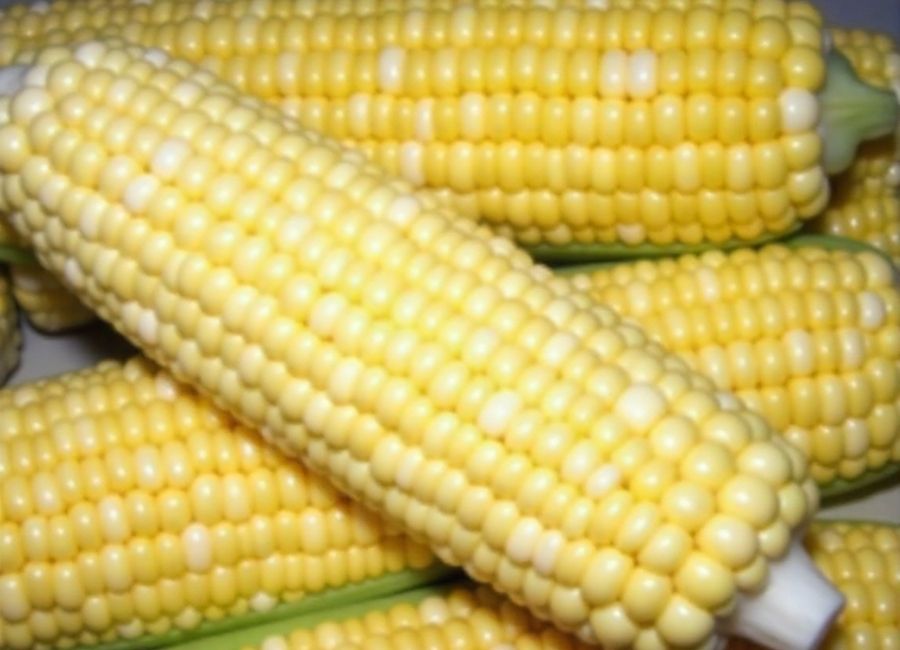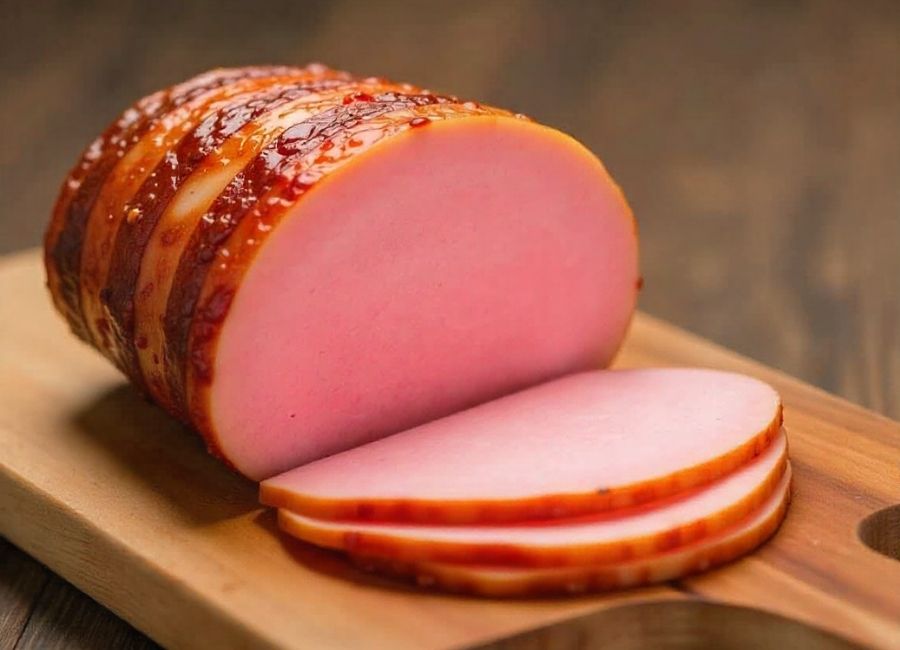Brie cheese sits on countless cheese boards worldwide, yet many people hesitate to try it simply because they don’t know what to expect. This creamy French cheese has a reputation that precedes it—some love its rich, complex flavors, while others find themselves intimidated by its soft texture and edible white rind.
Understanding what brie tastes like can help you appreciate this beloved cheese and decide whether it belongs on your next charcuterie board. From its subtle earthy notes to its buttery finish, brie offers a unique tasting experience that’s both sophisticated and surprisingly approachable.
Whether you’re a cheese novice curious about expanding your palate or someone who’s avoided brie due to preconceived notions, this guide will walk you through everything you need to know about brie’s distinctive flavor profile.
The Basic Flavor Profile of Brie
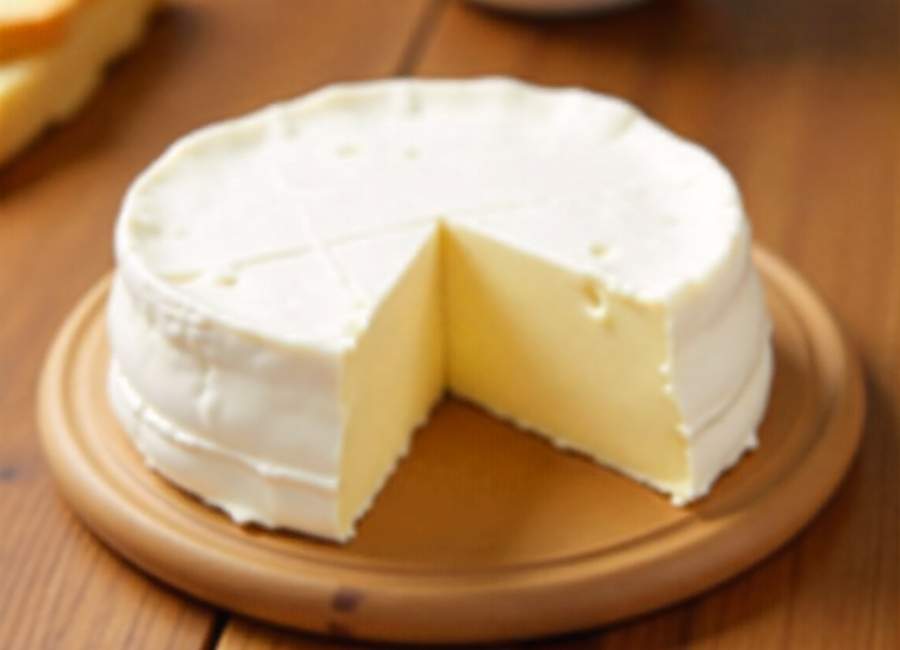
Brie cheese delivers a mild, creamy taste that’s often described as buttery and rich. Unlike sharp cheeses such as aged cheddar or blue cheese, brie maintains a gentle flavor that doesn’t overwhelm the palate. The cheese offers subtle earthy undertones with hints of mushroom and nuts, particularly when it reaches optimal ripeness.
The texture plays a significant role in the overall tasting experience. Fresh brie feels smooth and spreadable, similar to soft butter at room temperature. As you bite into it, the cheese coats your mouth with its creamy consistency, allowing the flavors to develop gradually across your taste buds.
Many first-time brie tasters are surprised by how approachable the flavor actually is. Despite its sophisticated reputation, brie doesn’t assault your senses with strong or pungent notes. Instead, it provides a gentle introduction to soft-ripened cheeses, making it an excellent gateway cheese for those exploring French varieties.
How Ripeness Affects Brie’s Taste
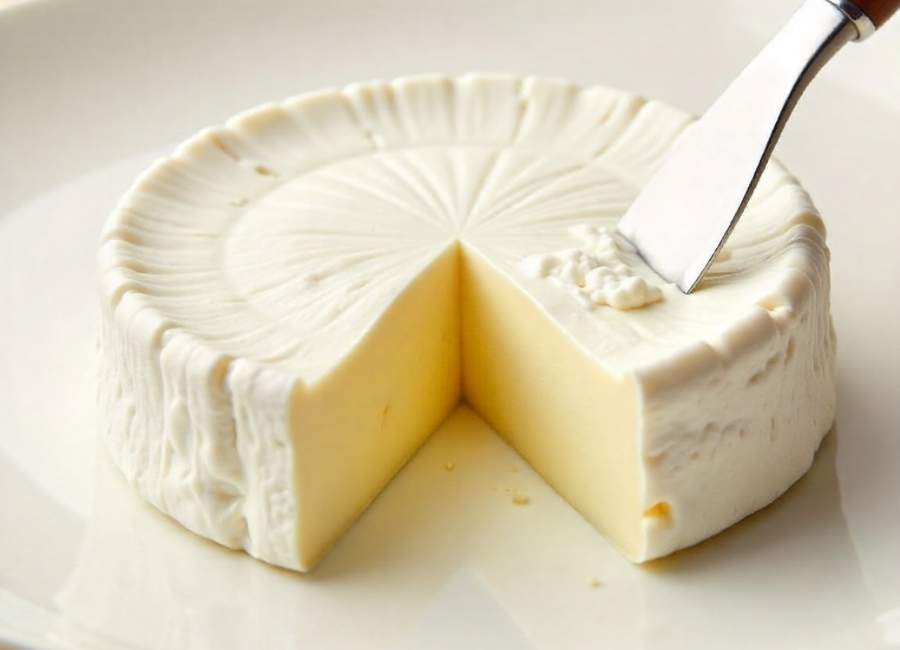
The ripeness of brie dramatically influences its flavor intensity and complexity. Young Brie tends to taste milder and slightly tangy, with a firmer texture that’s easier to slice. The center remains somewhat chalky, and the overall flavor profile stays relatively simple.
As brie ripens, it develops more pronounced flavors and becomes increasingly creamy. The cheese ripens from the outside in, thanks to the white Penicillium candidum mold on its surface. This process creates layers of flavor complexity—the outer portions near the rind become more intense and earthy, while the center transforms from firm to flowing.
Fully ripened brie offers the most complex taste experience. The cheese should feel soft throughout, with no chalky center remaining. At this stage, you’ll notice stronger mushroom flavors, increased richness, and a more pronounced earthy quality. Some describe perfectly ripe brie as having a slight ammonia scent, which is completely normal and indicates proper aging.
Understanding the Rind: Edible and Flavorful
One of the most common questions about brie concerns its white, fuzzy rind. This edible exterior adds a distinct dimension to the cheese’s overall flavor profile. The rind tastes earthy and slightly bitter, providing a pleasant contrast to the creamy interior.
The Penicillium candidum mold that creates the rind contributes mushroom-like flavors that many cheese enthusiasts appreciate. Some people compare it to the taste of button mushrooms or even truffles, though much milder. The rind also adds textural interest, providing a slight chewiness against the smooth cheese interior.
While the rind is completely safe to eat, personal preference plays a role in whether you choose to include it. Some people enjoy the flavor contrast it provides, while others prefer to scrape it away. There’s no wrong choice—eating brie with or without the rind is entirely up to your taste preferences.
Comparing Brie to Other Cheeses
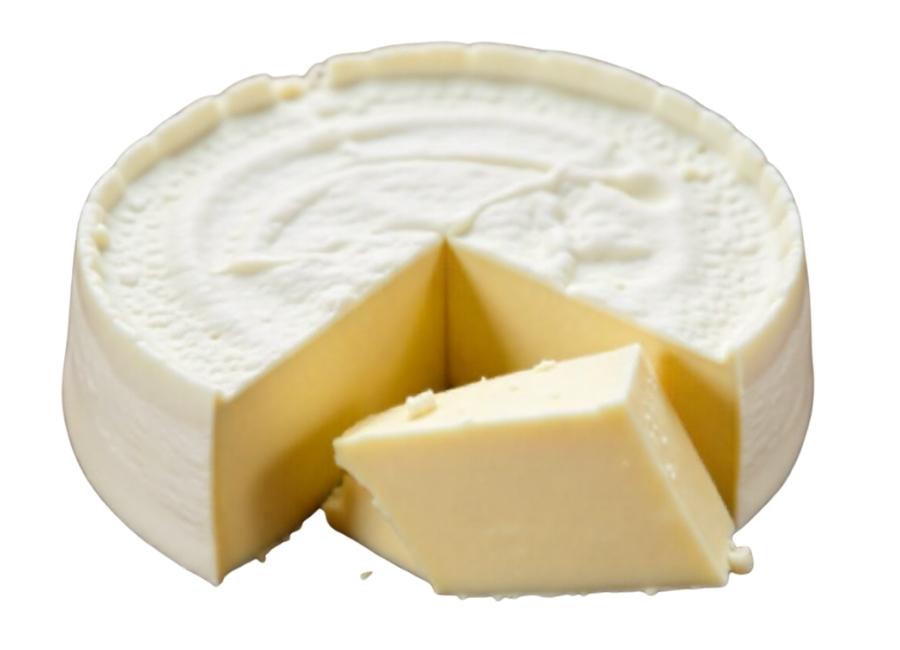
Understanding how brie compares to familiar cheeses can help you anticipate its flavor. Brie shares similarities with Camembert, another French soft-ripened cheese, though Camembert typically offers a stronger, more pungent flavor. Both cheeses have similar textures and edible white rinds, but Camembert tends to be more assertive.
Compared to cream cheese, brie provides more complexity and depth. While both are creamy and spreadable, brie offers those characteristic earthy and nutty notes that cream cheese lacks. Brie also has a more sophisticated aging process that develops flavors over time.
Unlike aged hard cheeses such as Parmesan or aged Gouda, brie doesn’t have sharp or crystalline qualities. Instead, it maintains its smooth, flowing texture and gentle flavor profile. This makes brie more approachable for those who find aged cheeses too intense.
Factors That Influence Brie’s Taste
Several factors affect how brie tastes, starting with the quality of milk used in production. Traditional French brie made from unpasteurized milk often has more complex flavors than pasteurized versions commonly found in American markets. The terroir—the environmental factors where the cheese is made—also influences the final taste.
Storage conditions significantly impact brie’s flavor development. Cheese stored at proper temperatures and humidity levels will ripen evenly and develop optimal flavors. Improperly stored brie may develop off-flavors or fail to ripen correctly, resulting in a disappointing tasting experience.
The specific producer also matters. Different cheese makers have varying techniques and aging processes that create subtle differences in flavor profiles. Some producers focus on creating milder brie suitable for broader audiences, while others craft more complex, traditional versions that appeal to serious cheese enthusiasts.
Perfect Pairings to Enhance Brie’s Flavor
Brie pairs beautifully with various accompaniments that complement its creamy richness. Fresh fruits like grapes, sliced pears, and figs provide natural sweetness that balances the cheese’s earthy notes. The bright acidity in these fruits cuts through the brie’s richness, creating a harmonious combination.
Nuts, particularly walnuts and almonds, add textural contrast and subtle flavors that enhance brie’s nutty undertones. A drizzle of honey can bring out the cheese’s natural sweetness while adding another layer of complexity to each bite.
Wine pairings with brie are legendary. Light red wines like Pinot Noir complement the cheese without overwhelming its delicate flavors. White wines such as Chardonnay or Champagne provide acidity that cleanses the palate between bites. For non-alcoholic options, sparkling water with lemon or light teas works wonderfully.
Making the Most of Your Brie Experience
To fully appreciate brie’s flavor, serve it at room temperature. Cold brie from the refrigerator won’t showcase its creamy texture or full flavor potential. Remove it from refrigeration about 30-60 minutes before serving, depending on room temperature and the size of your piece.
Choose quality brie from reputable cheese shops or well-stocked grocery stores. Look for cheese that gives slightly to gentle pressure and shows no signs of excessive ammonia smell or dry, cracked rind. The cheese should appear creamy white throughout, with no discolored spots.
When tasting brie for the first time, start with small amounts to appreciate its subtlety. Take a moment to notice how the flavors develop as the cheese warms in your mouth. Pay attention to the interplay between the mild interior and the more complex rind flavors.
Your Journey into Brie Appreciation
Brie cheese offers a gentle introduction to the world of sophisticated cheese flavors without intimidating intensity. Its creamy, buttery taste with subtle earthy undertones makes it accessible to newcomers while providing enough complexity to satisfy experienced cheese lovers.
The key to enjoying brie lies in understanding its characteristics—from the edible rind that adds mushroom-like flavors to the importance of proper ripeness and serving temperature. With the right pairings and presentation, brie transforms from an unfamiliar cheese into a delightful addition to any gathering.
Ready to experience brie for yourself? Start with a small piece from a quality cheese shop, let it come to room temperature, and pair it with your favorite crackers and fresh fruit. You might discover that this French classic deserves a permanent place on your cheese board.

